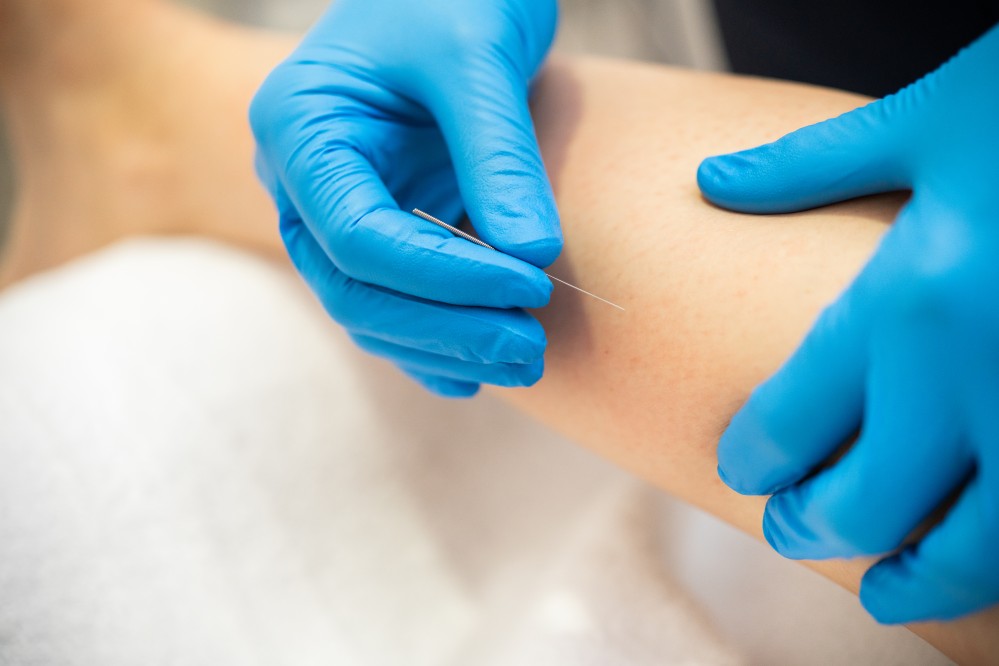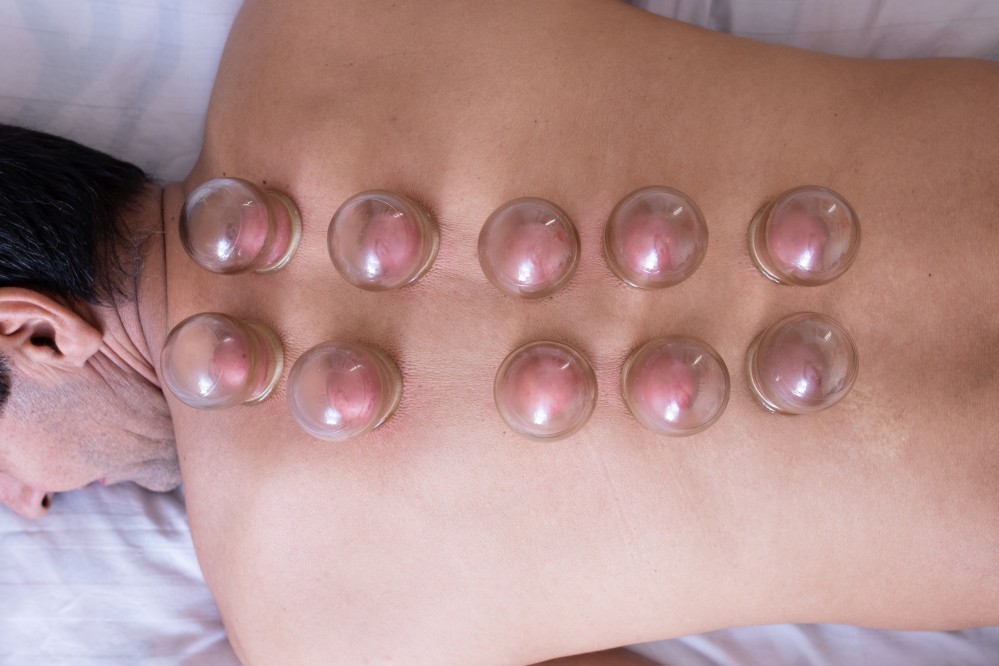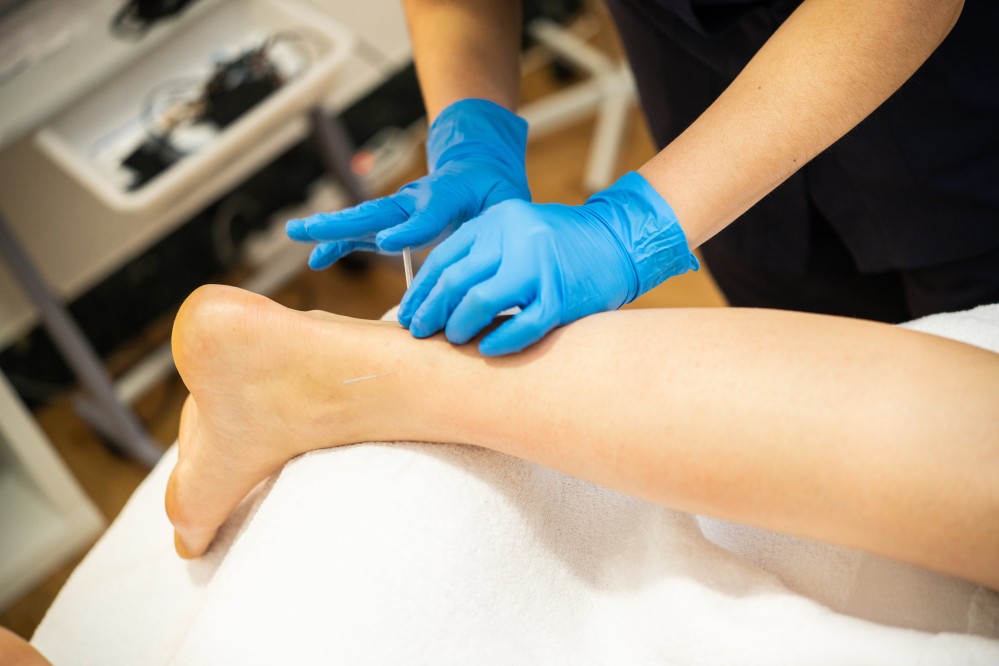Dry needling and acupuncture are often confused as they both involve the usage of needles for therapeutic purposes. However, the techniques and philosophies behind each practice are quite different. While physical therapists perform the first one, the other is done by professionals trained in Traditional Chinese Medicine.
Are you interested in learning more about the similarities and differences between dry needling and acupuncture? Keep reading to find all the answers you need.
Dry Needling vs. Acupuncture: What’s the Difference?
Dry needling and acupuncture are both techniques that use thin needles to stimulate specific points in the body while also including other tools in the process. Still, there are some differences between the two.
Acupuncture is a traditional Chinese medicine technique used for over 2,000 years. It tackles specific points on the body, called acupoints, connected to the flow of energy, or Qi. Stimulating these points balances the flow of Qi and promotes healing. This therapy is used to treat various conditions, including pain, headaches, stress, and infertility.
Dry needling is a modern technique used by physical therapists and other healthcare professionals to treat musculoskeletal conditions, such as chronic pain, muscle tension, and myofascial pain. It is based on the principle of trigger points, which are areas of muscle tension that can cause pain and dysfunction. The needles used in dry needling are inserted directly into the trigger points to release stress and improve muscle function.
While both techniques use needles, the main difference between dry needling and acupuncture is the philosophy behind them. Acupuncture is based on traditional Chinese Medicine, while dry needling is part of Western Medicine. Additionally, acupuncture treats various diseases, while dry needling primarily treats musculoskeletal conditions.
Definition of dry needling
Dry needling addresses specific points on the body called trigger points. These trigger points are areas of muscle tissue that have become tight or knotted, which can cause pain, muscle weakness, and reduced range of motion.
The dry needling procedure inserts thin, sterile needles into the trigger points. The tools are left in place for a short time, typically around 20-30 minutes. During this time, the muscle tissue relaxes, reducing pain and restoring normal function. Some people may experience minor discomfort during the procedure, but it is generally well-tolerated. A trained physical therapist or a doctor with experience in dry needling typically performs it.
This method treats various conditions, including chronic pain, muscle tension, and headaches. The combination with other forms of physical therapy, such as stretching and strengthening, is also a common practice.
Dry needling tools typically include:
- Acupuncture needles: Thin, solid needles inserted into the skin to provoke specific points on the body.
- Trigger point needles: Thicker needles that target specific muscle knots or trigger points, causing a little pain or discomfort.
- Disposable needles: Needles that are used once and then thrown away to prevent the spread of infection.
- Electro-stimulation devices: The usage of electrical impulses to stimulate the needles and help release muscle tension.
- Guidance devices: Devices that help guide the needles into the correct position and depth.
- Needle holders and tweezers: Items used to hold and manipulate the needles during the procedure.
Definition of acupuncture
Acupuncture is an old Chinese Medicine technique. It often involves the insertion of thin needles into specific points on the body called acupoints. These points correspond to energy pathways, known as meridians, that run throughout the body. Acupuncture aims to balance the energy flow, or Qi, throughout these pathways to improve overall health and well-being.
Acupuncture needles are the primary tool used in practice. They are thin, sterile, and made of stainless steel. They come in various lengths and widths, depending on the location and purpose of the treatment. The needles tackle the skin at specific points, and the practitioner manipulates them to stimulate the energy flow.
Moxibustion is another technique used in acupuncture. It involves the use of heat to stimulate acupoints. It includes burning a mugwort herb and placing it close to the skin or on an acupuncture needle. The heat helps to stimulate the energy flow and can be used to treat various conditions such as joint pain and menstrual cramps.
Cupping is another common technique used in acupuncture, where cups are placed on the skin to create suction. It treats back pain, neck pain, and muscle tension. The cups can be glass or plastic, and the suction helps to increase blood flow to the area, which can help relieve pain.
Similarities Between Dry Needling and Acupuncture
Dry needling and acupuncture are both techniques that involve the insertion of needles into the body to relieve pain and promote healing. Both methods use thin, sterile needles inserted into specific points on the body. The needles used in dry needling and acupuncture are typically made of stainless steel and are disposable.
Both dry needling and acupuncture stimulate the body’s natural healing process by releasing endorphins and other natural pain-relieving chemicals. They treat diverse conditions, including chronic pain, muscle tension, and headaches. These techniques are safe and effective if performed by a trained practitioner.
Dry Needling vs. Acupuncture: Which One Is Best for You?
Although both treatments can benefit your health, some critical differences between the two practices may make one more suitable for your needs.
Dry needling is a form of Western Medicine primarily used to treat musculoskeletal pain and dysfunction by penetrating trigger points in the muscles, tendons, and ligaments. Dry needling treats chronic pain, headaches, and muscle strains.
Acupuncture, on the other hand, is a form of Eastern Medicine practiced for thousands of years. It punctures acupoints to balance the flow of energy throughout the body. Acupuncture heals various conditions, including:
- Chronic pain
- Headaches and migraine
- Digestive issues
- Joint pain
- Period pain
- Mental health disorders, etc.
So, which one is best for you? The answer will depend on your individual needs and preferences. Dry needling may be the best option if you are primarily seeking treatment for musculoskeletal pain and dysfunction. However, if you are looking for a more holistic approach to treating various conditions, you should choose acupuncture. You can also consult a qualified practitioner to help determine which treatment is best for your needs.
The Bottom Line
Dry needling and acupuncture are two therapies that use thin needles to stimulate the body. Both treatments use similar tools, but their techniques and theories are different. Dry needling treats muscle pain and tension, while acupuncture is based on traditional Chinese Medicine and aims to balance the body’s energy flow. Dry needling focuses on specific trigger points, while acupuncture focuses on specific points along energy pathways.
Understanding the differences between dry needling and acupuncture is essential and choosing the appropriate treatment for one’s specific needs is critical. Each method may have different effects on the body, and choosing the right one can ensure optimal results and improve overall health and well-being.
Interested in giving acupuncture a try? If yes, our clinic offers some of the best services regarding acupuncture, including services such as:
- Traditional Needle Acupuncture
- Electric Stimulation & Microcurrent
- Needleless Acupuncture / Tui Na
- Community Acupuncture
- Cupping & Gua Sha
- Korean Hand Therapy / Reflexology
- Moxibustion
Book an appointment now and experience an incredible healing journey!


